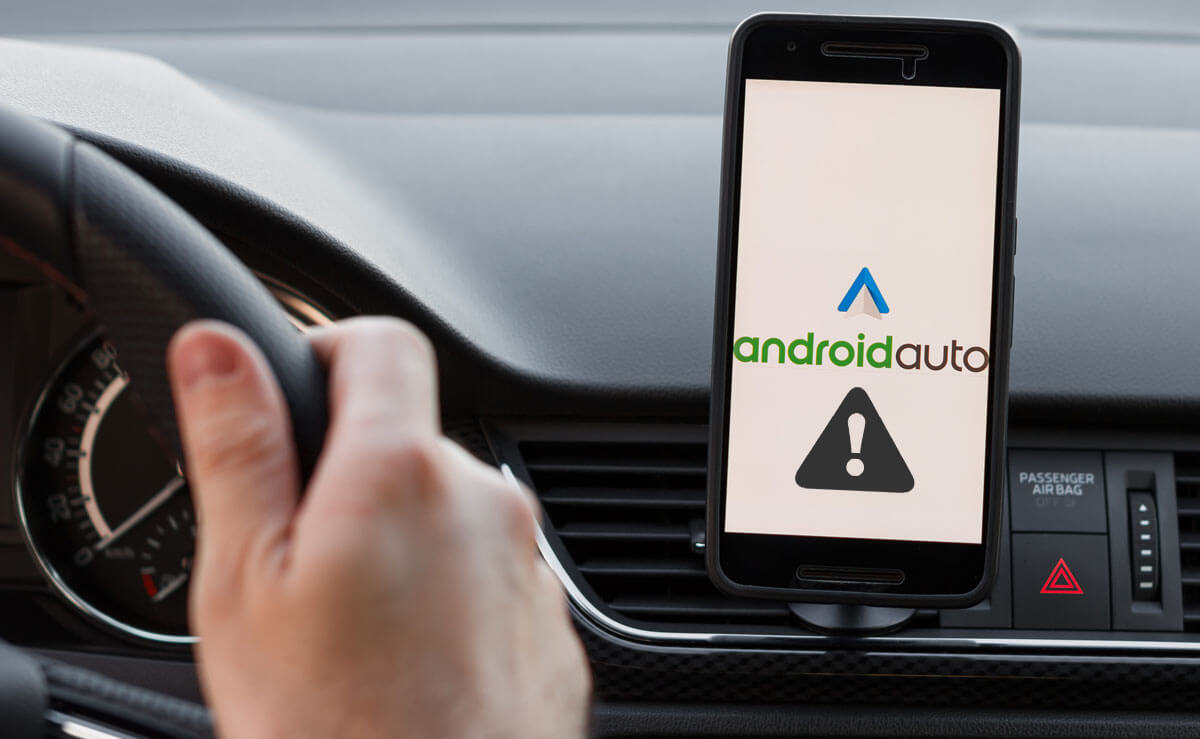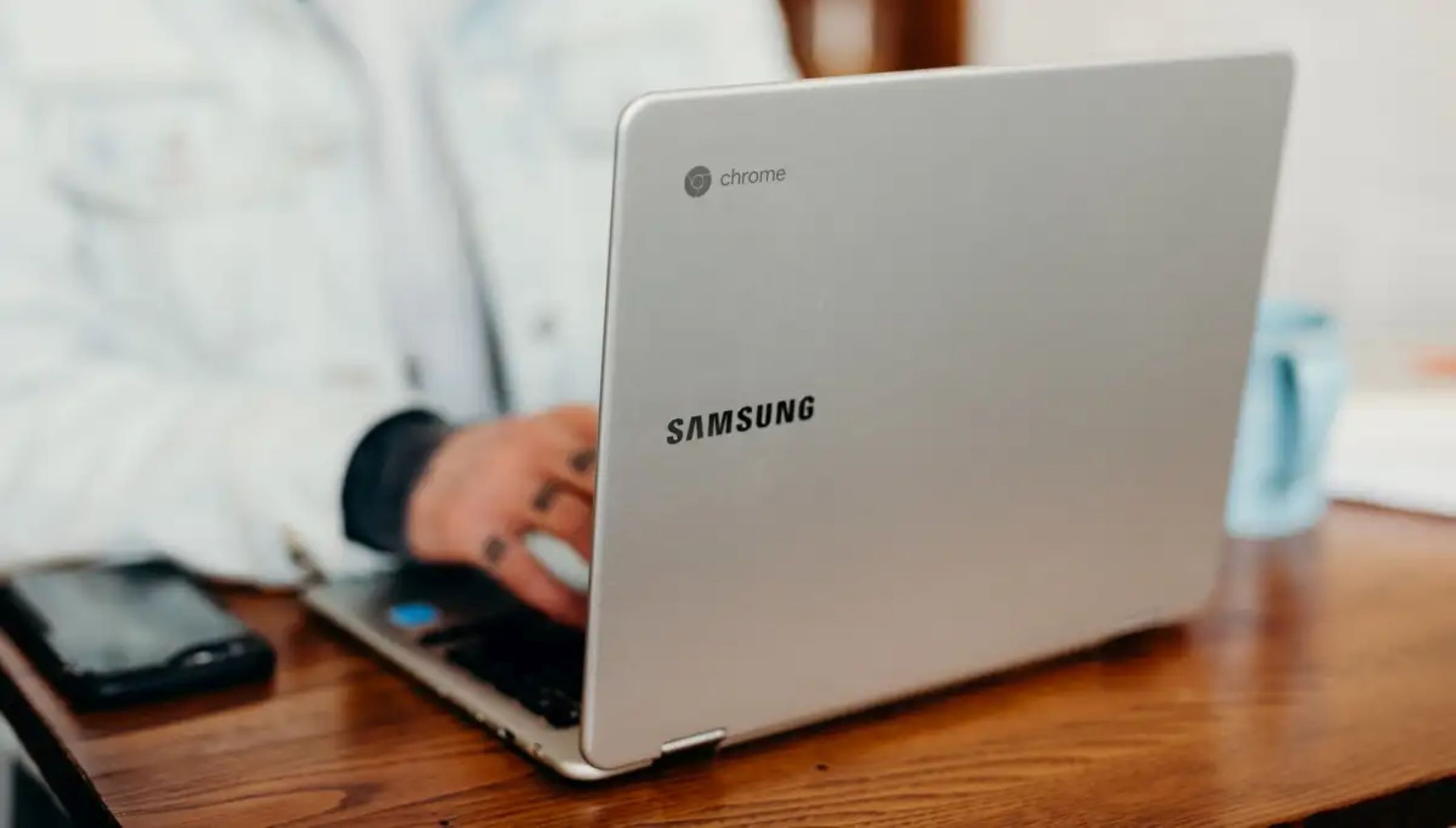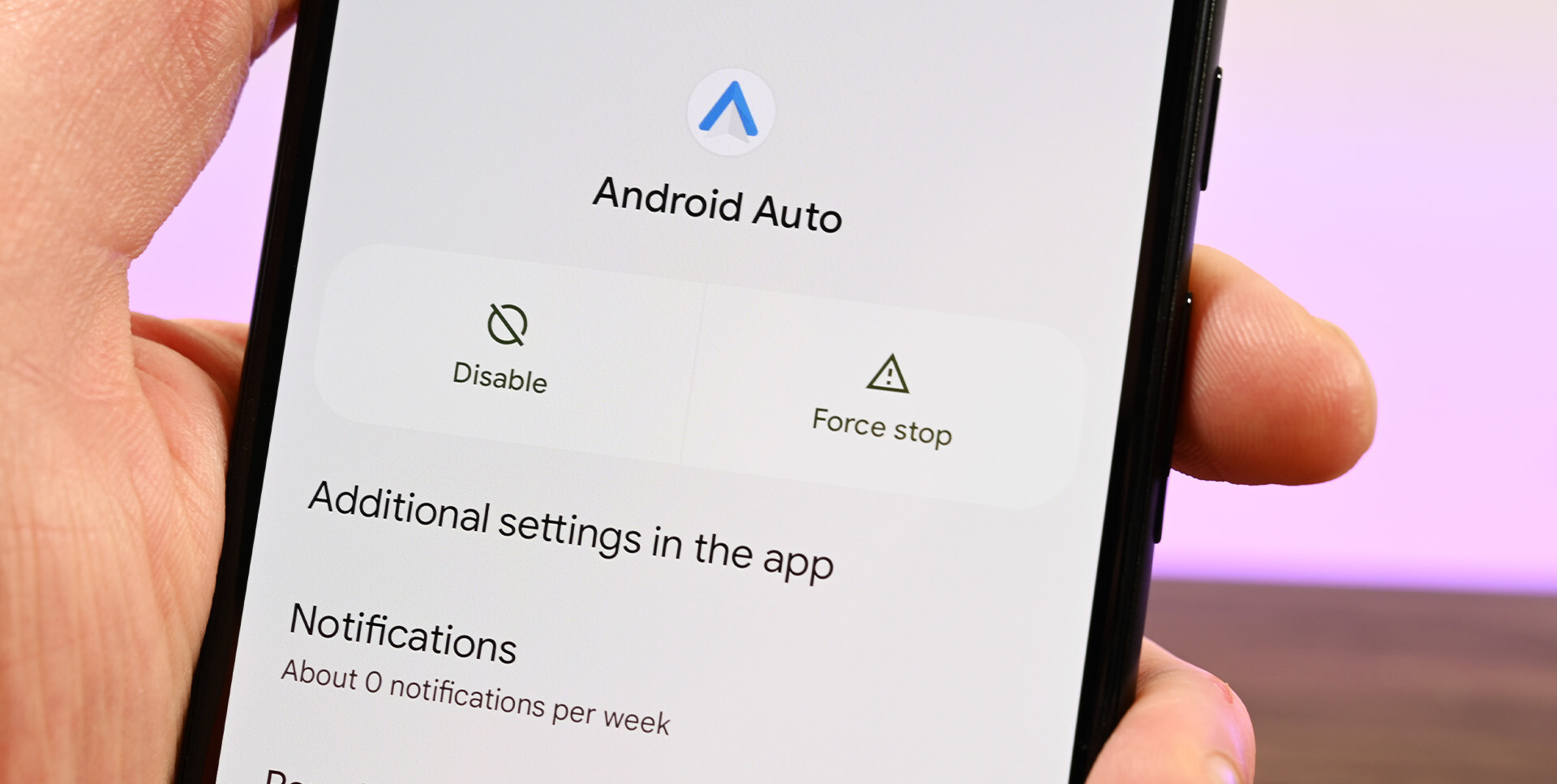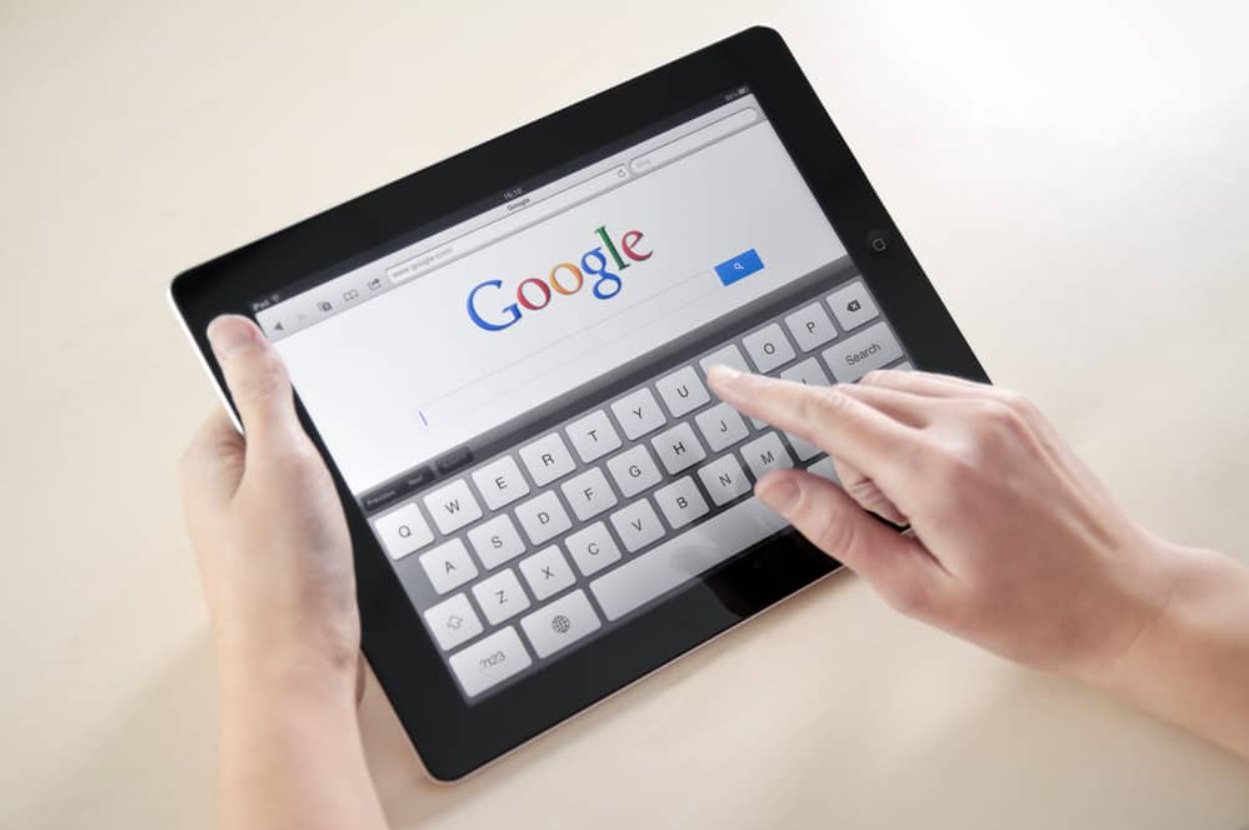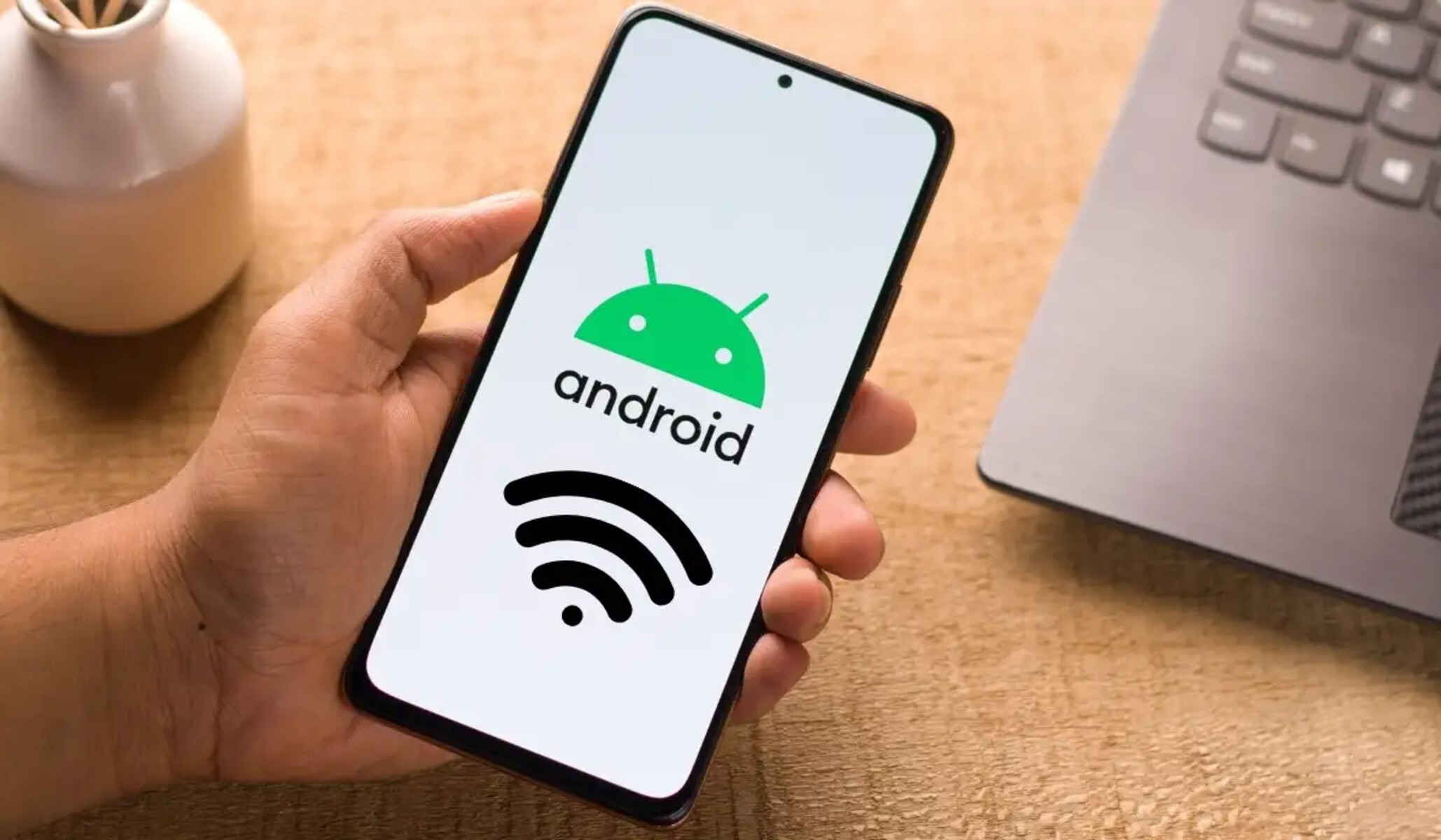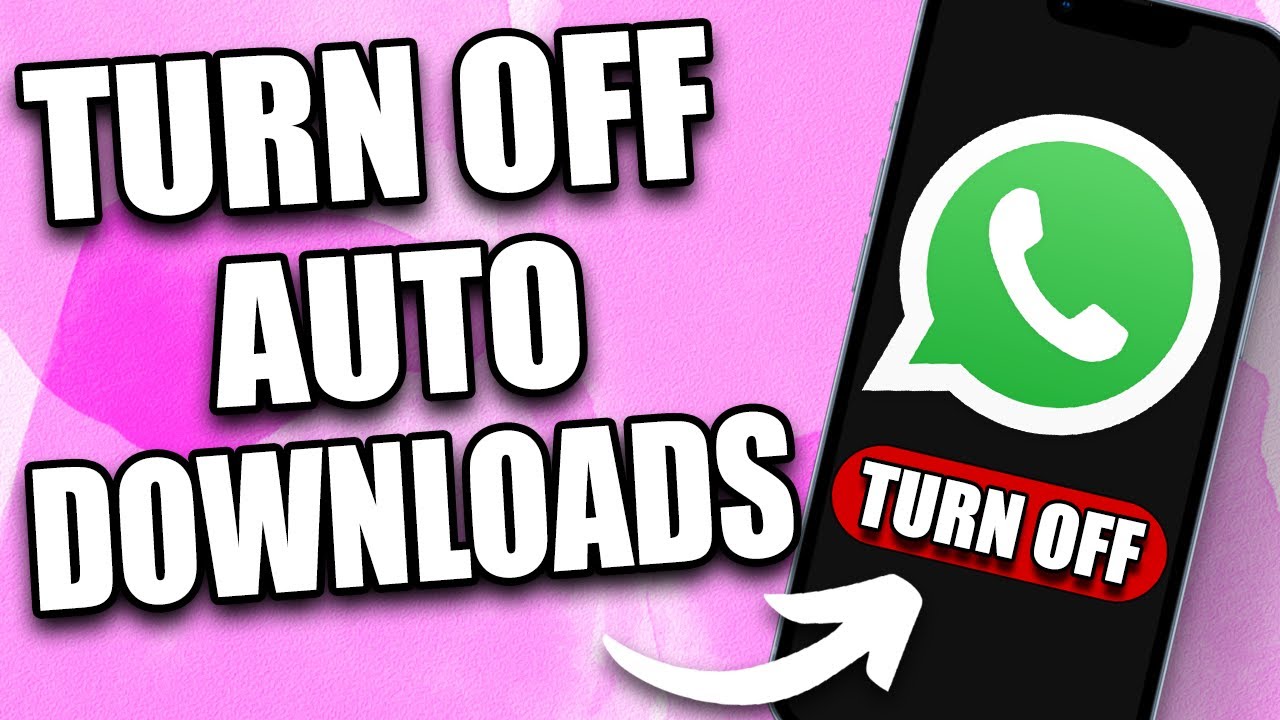Introduction
Welcome to the world of Android Auto, a technology that allows you to seamlessly integrate your Android smartphone with your car’s infotainment system. With Android Auto, you can access your favorite apps, make calls, listen to music, and navigate using Google Maps, all while keeping your hands on the wheel and your eyes on the road.
However, just like any other technology, Android Auto can sometimes encounter issues that may prevent it from working as expected. The frustration of having an inoperable Android Auto can put a damper on your driving experience. Luckily, there are several common issues with Android Auto that can be easily resolved with the right troubleshooting steps.
In this article, we will explore the most common problems faced by Android Auto users and provide you with a comprehensive guide on troubleshooting these issues. Whether you are unable to connect your device, experience app crashes, or face other compatibility issues, we’ve got you covered!
Before diving into the troubleshooting steps, it’s essential to note that while these solutions work for most Android Auto issues, there may be some cases where further assistance from the manufacturer or a professional may be necessary. Now, let’s proceed to the troubleshooting steps and get your Android Auto back on track!
Common Issues with Android Auto
While Android Auto is a fantastic technology, it’s not without its occasional hiccups. Understanding the common problems that users may encounter can help you troubleshoot effectively. Here are some of the most common issues faced by Android Auto users:
- Connection Problems: One of the most frustrating issues with Android Auto is difficulty establishing a stable connection between your smartphone and your car’s infotainment system. This can range from intermittent disconnections to complete failure to connect.
- App Crashes: Another common issue is the frequent crashing of the Android Auto app, which can disrupt your driving experience and limit your access to the app’s features.
- Compatibility Issues: Android Auto may not work on certain car models or devices that do not meet the compatibility requirements. This can lead to error messages or the app not functioning properly.
- Audio Problems: Some users may experience issues with audio playback, such as distorted sound, low volume, or no audio at all. These problems can affect music playback, phone calls, and navigation voice guidance.
- Slow Performance: Android Auto may become sluggish or unresponsive, causing delays in app navigation, laggy touchscreen responses, or slow connection times.
These issues can be frustrating, but there’s no need to despair. By following the troubleshooting steps outlined in the next section, you’ll have a good chance of resolving these common issues and getting your Android Auto back on track.
Troubleshooting Steps
If you’re facing any issues with Android Auto, don’t worry! There are several troubleshooting steps you can take to resolve the problem. Follow these steps to get your Android Auto up and running smoothly:
- Check device compatibility: Ensure that your car’s infotainment system supports Android Auto, and your smartphone meets the minimum requirements for compatibility.
- Ensure stable internet connection: A reliable internet connection is crucial for Android Auto to function properly. Check your Wi-Fi or mobile data connection and ensure that it’s stable.
- Update Android Auto app and firmware: Keeping your Android Auto app and your smartphone’s firmware up to date can often fix bugs and improve compatibility. Check for any available updates and install them.
- Verify USB cable and connection: Ensure that the USB cable you’re using to connect your smartphone to your car’s infotainment system is in good condition and securely connected.
- Restart Android Auto and the connected device: Sometimes, a simple restart can resolve various software issues. Try restarting both your smartphone and your car’s infotainment system.
- Clear cache and data of Android Auto app: Clearing the cache and data of the Android Auto app can help resolve app-related issues. Go to the app settings, find Android Auto, and clear its cache and data.
- Reset network settings: Resetting the network settings on your smartphone can often resolve connectivity issues. Go to your phone’s settings, find the network settings, and choose the option to reset network settings.
- Disable battery optimization for Android Auto: Battery optimization settings may interfere with the performance of Android Auto. Disable battery optimization for the Android Auto app in your smartphone’s settings.
- Factory reset Android Auto: If all else fails, you can try performing a factory reset of your Android Auto. Keep in mind that this will erase all the personalized settings and data associated with the app.
Following these troubleshooting steps should help in resolving the common issues you may face with Android Auto. If the problem persists after attempting these steps, it is recommended to reach out to the manufacturer or a professional for further assistance.
Check device compatibility
One of the first steps to take when troubleshooting issues with Android Auto is to check the compatibility of your device. Android Auto requires both your car’s infotainment system and your smartphone to meet certain compatibility requirements. Here’s what you can do to ensure compatibility:
- Check car compatibility: Not all car models are equipped with Android Auto support. Visit the Android Auto website or consult your car’s user manual to verify if your car supports Android Auto. If it does not, you may need to consider alternative options such as Bluetooth connectivity or aftermarket infotainment systems.
- Check smartphone compatibility: Android Auto is designed to work with smartphones running Android 6.0 (Marshmallow) or later versions. Ensure that your smartphone meets this requirement. Additionally, some features may be limited or unavailable on older phone models, so it’s recommended to use a device that is relatively up-to-date.
- Ensure proper software updates: In some cases, your car’s infotainment system may require a software update to support Android Auto. Check with your car manufacturer’s website or contact their customer support to see if any updates are available.
- Consider alternative connection methods: If your car or smartphone is not compatible with Android Auto, there are alternative ways to connect your phone to your car’s infotainment system. Options include Bluetooth connectivity, auxiliary cable connection, or using a third-party device that provides Android Auto functionality.
By ensuring that your car’s infotainment system and smartphone meet the compatibility requirements, you can save yourself the frustration of trying to make a connection that simply won’t work. If you determine that your device is compatible and you’re still facing issues, continue with the next troubleshooting steps to narrow down the problem.
Ensure stable internet connection
Having a stable internet connection is vital for the smooth functioning of Android Auto. Here are some steps to ensure a stable internet connection:
- Connect to Wi-Fi: If possible, connect your smartphone to a stable Wi-Fi network. Wi-Fi generally provides a faster and more reliable connection compared to mobile data. Ensure that you’re connected to a network with a strong signal and without any connectivity issues.
- Check mobile data signal: If Wi-Fi is not available, make sure that you have a strong and stable mobile data signal. Weak or fluctuating mobile data signals can result in a poor connection and cause issues with Android Auto. If you’re in an area with weak signal coverage, consider moving to a location with better reception or using Wi-Fi tethering from a more reliable source.
- Disable battery-saving mode: Some smartphones have battery-saving features that limit internet connectivity to conserve power. Check your device’s settings and ensure that any battery-saving or power-saving modes are disabled while using Android Auto. These settings can sometimes interfere with the internet connection and cause instability.
- Reset network settings: If you’re experiencing persistent connection issues, you can try resetting the network settings on your smartphone. This will reset all network-related settings, including Wi-Fi passwords and Bluetooth connections. Go to your device’s settings, find the network settings, and choose the option to reset them. Keep in mind that you will need to set up your Wi-Fi and Bluetooth connections again after this reset.
- Disable mobile data optimization: Some smartphones have features that optimize data usage by restricting background data for certain apps. While this can help conserve data, it may also interfere with the functionality of Android Auto. Check your device’s settings, find the data usage options, and ensure that Android Auto is not restricted in the background data settings.
By ensuring a stable internet connection, you’ll help ensure a seamless experience with Android Auto. If you’re still facing connectivity issues after following these steps, continue with the next troubleshooting steps to further investigate the problem.
Update Android Auto app and firmware
Keeping your Android Auto app and your smartphone’s firmware up to date is crucial for optimal performance and compatibility. Here’s how to update the Android Auto app and firmware:
- Update Android Auto app: Open the Google Play Store on your smartphone and search for “Android Auto.” If an update is available, you will see an “Update” button next to the app. Tap the button to update the app to the latest version. Updating the app can fix bugs, improve performance, and introduce new features.
- Update smartphone firmware: Manufacturers regularly release firmware updates for smartphones to enhance performance, address bugs, and improve compatibility. Check if there are any available firmware updates for your smartphone. Go to your device’s settings, scroll down to “About Phone,” and look for the option to check for software updates. If an update is available, follow the on-screen instructions to download and install it.
- Restart your device: After updating the Android Auto app or firmware, it’s a good idea to restart your device. This helps ensure that the updates are properly applied and can resolve any lingering issues.
Updating the Android Auto app and firmware can often fix various issues you may encounter. It’s recommended to regularly check for updates and keep your app and smartphone up to date. If you’re still experiencing problems with Android Auto after updating, continue with the next troubleshooting steps to further diagnose the issue.
Verify USB cable and connection
The USB cable and its connection play a crucial role in establishing a successful connection between your smartphone and your car’s infotainment system. Here are some steps to verify the USB cable and connection:
- Inspect the USB cable: Examine the USB cable you are using for any signs of damage or wear. Look for frayed wires, bent connectors, or loose connections. If you notice any issues, try using a different USB cable to see if the problem persists.
- Use a high-quality USB cable: Using a high-quality USB cable is essential for a reliable connection. Not all USB cables are designed for data transfer, so ensure that you are using a cable specifically designed for Android Auto. If you’re unsure, consider purchasing a certified cable from a reputable manufacturer.
- Connect the cable securely: Ensure that the USB cable is securely plugged into both your smartphone and your car’s USB port. Make sure it is inserted fully and that there is no debris or obstruction preventing a proper connection.
- Try a different USB port: Some car models have multiple USB ports. If you’re having trouble with one port, try connecting the USB cable to a different port in your car. It’s possible that one port may have a better connection than another.
- Restart your smartphone and car: Sometimes, a simple restart can fix connectivity issues. Restart both your smartphone and your car’s infotainment system and attempt to connect again.
By verifying the USB cable and connection, you can ensure a stable and reliable connection between your smartphone and your car’s infotainment system. If you’ve checked the USB cable and connection and the issue persists, continue with the next troubleshooting steps to further troubleshoot the problem.
Restart Android Auto and the connected device
When encountering issues with Android Auto, a simple restart of the Android Auto app and the connected device can often resolve various software-related issues. Follow these steps to restart Android Auto and the connected device:
- Exit Android Auto: Close the Android Auto app on your smartphone. This ensures that the app is completely closed and not running in the background, which can potentially cause conflicts.
- Disconnect the device: Disconnect your smartphone from the car’s USB port or unpair the Bluetooth connection between your smartphone and your car’s infotainment system. This ensures a complete disconnection between the devices.
- Restart your smartphone: Restart your smartphone by turning it off and then turning it back on. This helps clear any temporary software glitches and refreshes the device’s settings.
- Restart the car’s infotainment system: If possible, restart your car’s infotainment system. This may involve turning off your car’s engine, waiting for a few seconds, and then turning the engine back on. Consult your car’s user manual or contact the manufacturer for instructions specific to your car model.
- Reconnect the device: After the restarts are complete, reconnect your smartphone to the car’s USB port or re-establish the Bluetooth connection. Follow the on-screen prompts to connect your device to Android Auto again.
Restarting both Android Auto and the connected device can often help resolve temporary software issues that may be causing connectivity or performance problems. If the issue persists after performing these restarts, proceed to the next troubleshooting steps for further investigation.
Clear cache and data of Android Auto app
Clearing the cache and data of the Android Auto app can help resolve various app-related issues and conflicts. Here’s how you can clear the cache and data of the Android Auto app:
- Open the settings on your smartphone: Navigate to the settings menu on your Android device. You can usually find the settings app in your app drawer or by swiping down from the top of the screen and tapping on the gear icon.
- Find the app settings: In the settings menu, scroll down or search for “Apps,” “Applications,” or “App Manager.” Tap on it to access the list of installed apps on your device.
- Select Android Auto: In the app settings list, find and tap on the “Android Auto” app. This will open the detailed settings for the app.
- Clear the cache: Once you’re in the Android Auto app settings, find the “Storage” or “Cache” option. Tap on it, and then tap on the “Clear cache” button. This will remove any temporary files that may be causing issues with the app.
- Clear the app data: In the Android Auto app settings, look for the “Clear data” or “Delete data” option. Tap on it, and then confirm the action. This will erase all app data, including your preferences and settings for Android Auto.
- Restart the Android Auto app: After clearing the cache and data, exit the app settings and relaunch the Android Auto app. You may need to go through the initial setup process again, such as accepting permissions and agreeing to terms.
Clearing the cache and data of the Android Auto app can help resolve issues related to app crashes, freezing, or other performance-related problems. If the issue persists after clearing the cache and data, continue with the next troubleshooting steps to further troubleshoot the issue.
Reset network settings
If you’re experiencing connectivity issues with Android Auto, resetting the network settings on your smartphone can often help resolve the problem. By resetting the network settings, you will clear any network-related configurations and restore them to their default state. Here’s how you can reset the network settings:
- Open the settings on your smartphone: Access the settings menu on your Android device. You can typically find the settings app in your app drawer or by swiping down from the top of the screen and tapping on the gear icon.
- Navigate to the network settings: In the settings menu, scroll down or search for the “Network & internet” or “Connections” option and tap on it.
- Reset network settings: Within the network settings menu, look for the “Reset” or “Reset network settings” option. The exact wording may vary depending on your device and Android version. Tap on this option.
- Confirm the reset: A warning message will appear, informing you that resetting the network settings will erase all saved Wi-Fi networks, Bluetooth pairings, and other network-related settings. If you’re sure you want to proceed, tap on “Reset network settings” or “Reset settings.”
- Reconnect to networks: After the network settings have been reset, you will need to set up your Wi-Fi and Bluetooth connections again. Go to the Wi-Fi and Bluetooth menus in the settings app and reconnect to your preferred networks and devices.
Resetting the network settings on your smartphone can help resolve connectivity issues with Android Auto. It’s worth noting that resetting the network settings will remove any saved Wi-Fi passwords and Bluetooth pairings, so make sure you have that information at hand before proceeding. If the issue persists after resetting the network settings, continue with the next troubleshooting steps for further investigation.
Disable battery optimization for Android Auto
Battery optimization settings on your smartphone may interfere with the performance of Android Auto. These settings are designed to conserve battery power by limiting the background activities of certain apps. However, this can sometimes affect the functionality of Android Auto. To ensure that Android Auto runs smoothly, consider disabling battery optimization for the app. Here’s how:
- Open the settings on your smartphone: Access the settings menu on your Android device. You can usually find the settings app in your app drawer or by swiping down from the top of the screen and tapping on the gear icon.
- Navigate to the app settings: In the settings menu, scroll down or search for “Apps,” “Applications,” or “App Manager” and tap on it to access the list of installed apps on your device.
- Find and select Android Auto: In the app settings list, scroll through the apps until you find “Android Auto.” Tap on it to open the detailed settings for the app.
- Disable battery optimization: Look for the “Battery” or “Battery optimization” option within the Android Auto app settings. Tap on it to open the battery optimization settings for the app.
- Disable optimization for Android Auto: From the battery optimization settings, find the option to disable optimization for Android Auto. This may be labeled as “Optimize battery usage” or “Battery optimization.” Tap on it and select “Don’t optimize” or “Disable” to prevent battery optimization for Android Auto.
By disabling battery optimization for Android Auto, you allow the app to run in the background and utilize the necessary resources for a seamless experience. It’s important to note that disabling battery optimization for Android Auto may slightly impact battery life, as the app will have unrestricted background activity. If you notice a significant battery drain, you can revert the battery optimization settings for Android Auto. However, for most users, the benefits of smooth functionality outweigh the minor impact on battery life.
If you’re still encountering issues with Android Auto after disabling battery optimization, continue with the next troubleshooting steps to further resolve the problem.
Factory reset Android Auto
If you’ve tried all the previous troubleshooting steps and are still experiencing persistent issues with Android Auto, a factory reset of Android Auto might be necessary. Factory resetting Android Auto will restore the app to its original default settings, erasing all personalized configurations and data associated with it. Here’s how you can factory reset Android Auto:
- Open the settings menu in Android Auto: Launch the Android Auto app on your smartphone.
- Access the app settings: Tap on the hamburger menu icon or the three vertical dots in the top-right corner of the Android Auto app screen to access the settings.
- Find the “About” or “Help & feedback” section: Look for the section that contains information about the app and its version. The specific location of this section may vary slightly depending on the Android Auto version and device.
- Factory reset Android Auto: Within the “About” or “Help & feedback” section, locate the option to “Factory reset” or “Reset app.” Tap on it to initiate the factory reset process.
- Confirm the reset: A warning message will appear, informing you about the consequences of the factory reset. Carefully review the information and, if you’re certain, proceed with the reset. Confirm the action and wait for the process to complete.
After the factory reset is complete, Android Auto will be restored to its default settings. You will need to go through the initial setup process again, including granting permissions and connecting your smartphone to your car’s infotainment system. This process will erase all personalized settings and data associated with Android Auto, so it’s recommended to back up any important data beforehand.
Performing a factory reset should resolve any persistent issues you’ve been experiencing with Android Auto. If the issue persists even after the factory reset, it’s advisable to seek further assistance from the manufacturer or a professional.
Conclusion
Android Auto is a remarkable technology that brings the power of your Android smartphone to your car’s infotainment system. However, like any other technology, it can encounter issues that may hinder its performance. The good news is that most common issues with Android Auto can be resolved with some straightforward troubleshooting steps.
In this article, we explored several common issues with Android Auto and provided step-by-step instructions on how to troubleshoot and resolve these problems. We covered checking device compatibility, ensuring a stable internet connection, updating the Android Auto app and firmware, verifying the USB cable and connection, restarting Android Auto and the connected device, clearing the cache and data of the Android Auto app, resetting network settings, disabling battery optimization for Android Auto, and even performing a factory reset if necessary.
By following these troubleshooting steps, you can tackle various issues such as connection problems, app crashes, compatibility conflicts, audio issues, and slow performance. However, it’s important to remember that while these solutions work for most cases, there may be unique situations or hardware complications that require additional assistance.
If you’ve tried all the troubleshooting steps and continue to experience issues with your Android Auto, it’s advisable to reach out to the manufacturer or a professional for further support. They will have the expertise and resources to diagnose and resolve more complex issues that may be specific to your device or vehicle.
With the troubleshooting guide provided in this article, we hope you can overcome any obstacles you may face with Android Auto and fully enjoy the convenience, entertainment, and safety features it offers. Happy driving!







